Back to black: Edmund de Waal plays with dark glazes in new body of work
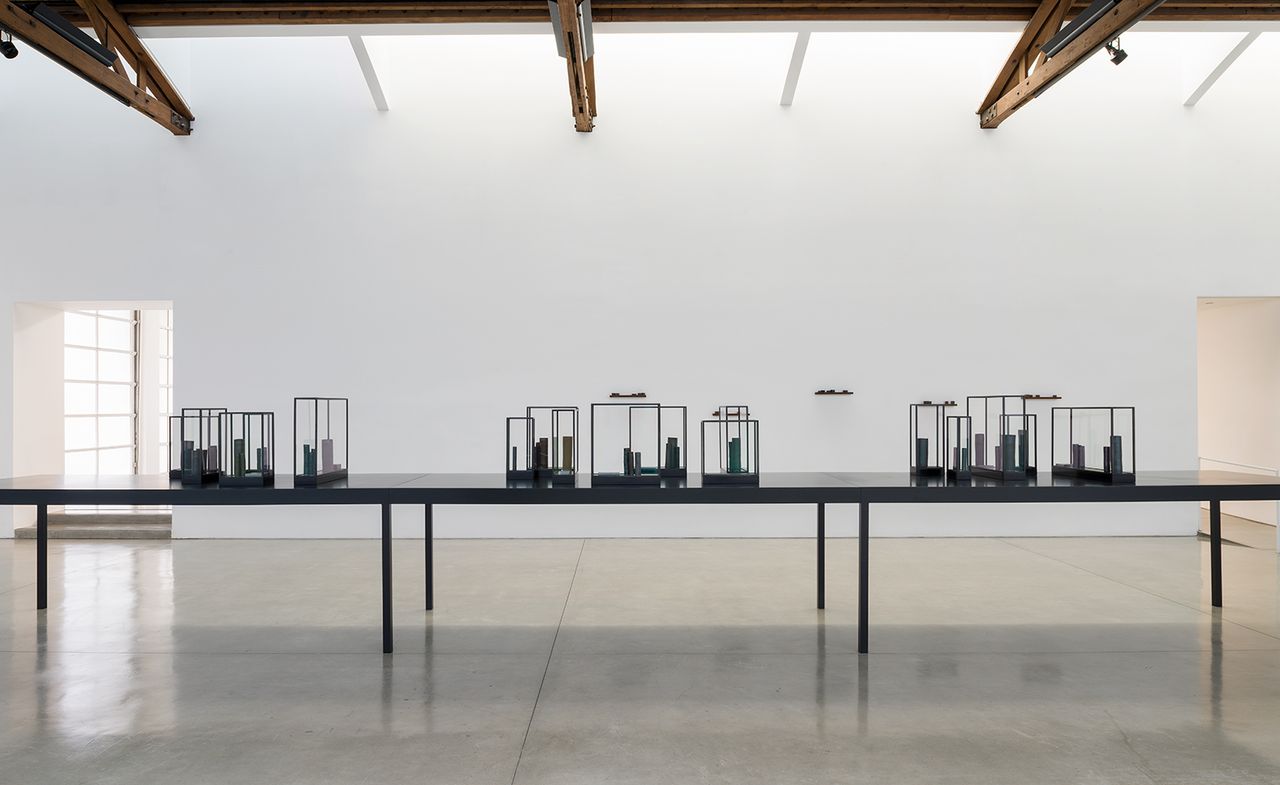
‘This is a huge departure, quite a scary one, actually,’ says Edmund de Waal of ‘Ten thousand things’, his upcoming solo show at Gagosian Beverly Hills. For a world-renowned ceramicist who threw his first pot at the age of five – and who’s since installed his elegant and haunting ceramic-filled vitrines beneath the pavement outside the University of Cambridge and atop the cupola of the Victoria & Albert Museum — that’s saying quite a lot. ‘It’s come out of a lengthy period of thinking about architecture and music and all kinds of other things, so it’s a really big show for me.’
For those who are familiar with de Waal’s work — mainly white, black, sometimes colored vitrines, carefully staged with Japanese-influenced pots, plates or cups that are created in an assembly-line-like fashion at his white-walled, gallery-sized South London studio — the format might not, at first glance, seem particularly groundbreaking. Even his use of black porcelain, which he showed at his 2013 debut with Gagosian in New York, and again at his 2010 solo at London’s Alan Cristea Gallery, isn’t entirely novel.
But over the last two and a half years, the artist has been experimenting with black glazes in an attempt to find ‘new shadows, gaps and spaces in his work’, he says. ‘And what those can do at scale.’
The decision to explore this darker terrain — in the form of hundreds of black vessels made with copper-and-tin-flecked glazes in dialogue with hunks of raw materials (from Cor-Ten steel and gold, to lead and plaster) all framed within various black aluminum-and-glass vitrines — began as a response to the revolutionary scores of John Cage, particularly his mid-century masterpiece The ten thousand things.
For de Waal, Cage’s brief residency in the early 1930’s at Rudolph Schindler’s King’s Road House in West Hollywood (now home to the MAK Center for Art and Architecture) was the starting point. ‘I’ve had a photograph of the Schindler on my wall for about 20 years,’ says de Waal, who hasn’t actually been back to the house for over a decade. Still, this meeting of modernist mavericks, argues de Waal, provided a mind-clearing platform that allowed Cage’s more iconic sonic experimentations to take shape.
‘The Schindler House with its concrete and timber coming together in unexpected ways and Cage being so decidedly radical about not letting anything lie – to free yourself from what you know, they seem to be different things. But they’re actually very similar in that they’re both experimenting in public. That’s really what this is about,’ says De Waal, who is making, glazing and placing his works in a looser, more intuitive fashion for his own public experiment in Beverly Hills. ‘I just picked up these blocks of Cor-Ten steel and thumped them down very rhythmically, in a very random way. It’s as close as I’ve ever gotten to doing a musical score.’
In years past, De Waal admitted his installations had a borderline over-determinacy about them, but claims his newfound freedom is ‘a lot more fun,’ he says. ‘Of course it doesn’t always work. In all proper experiments, some things go wrong.’
The exhibition might be seen as a through-the-looking-glass moment for De Waal’s obsession with vitrines. ‘The vitrine is a safe container, where you prevent the diaspora and when I started using vitrines that was the resonant stuff,’ says De Waal. ‘Now it’s much, much more sculptural. It’s an elbows-out kind of relationship between what’s going on with structure and objects.’
At Gagosian, de Waal is revolting against those safety barriers and virtually everything he was chasing in The White Road: Journey Into an Obsession, his new ‘history of brokenness and shards’ that documents recent pilgrimages to Jingdezhen, China, Dresden, Germany and Cornwall, England, the high holy places of porcelain, which has defined his delicate practice for the past three decades.
‘I was living in this obsessive space in my head about white and reading Moby Dick and I was really, really interested in trying to get as close to the first moment of porcelain in the west in Meissen, where they tried for 15 years to make white porcelain and they ended up making black porcelain because they couldn’t figure it out.
'It struck me as this extraordinary, deep metaphor — you’re trying to get to white but you have to go through black,' says De Waal, explaining, 'I don’t do random exhibitions. It’s about a body of work for specific place, a time of year, a quality of light. This exhibition is for LA, a city of exiles and wannabes and experimentation and Schindler and Cage. It seemed to be a very good conjunction to give me a kick to do what I wanted to do.'

Edmund De Waal's 'Ten thousand things', opening today at Gagosian Beverly Hills, explores the artist's interests in black porcelain glazes. Pictured: to speak to you, 2015

The title of the show is a nod to the composer John Cage, whose revolutionary scores were an initial inspiration for de Waal's segue into darker territory. Pictured: black milk, 2014
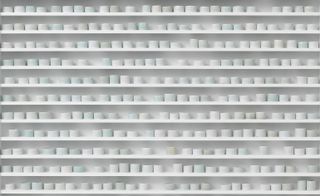
The exhibition might be seen as a through-the-looking-glass moment for De Waal’s obsession with vitrines. ‘The vitrine is a safe container, where you prevent the diaspora and when I started using vitrines that was the resonant stuff,’ he says. Pictured: a lecture on the weather, 2015
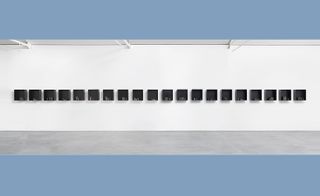
De Waal's interest began with 'trying to get as close to the first moment of porcelain in the west in Meissen, where they tried for 15 years to make white porcelain and they ended up making black porcelain because they couldn’t figure it out'. Pictured: ten thousand things, I-XX, 2015
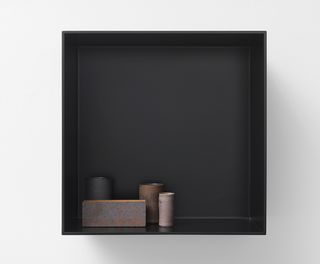
‘Now it’s much, much more sculptural,' he continues. 'It’s an elbows-out kind of relationship between what’s going on with structure and objects.’ Pictured: ten thousand things, for John Cage, IX, 2015
INFORMATION
’Ten thousand things’ is on view until 18 February. For more information, visit the Gagosian’s website
Photography: Mike Bruce. Courtesy of the artist and Gagosian Gallery
ADDRESS
Gagosian Beverly Hills
456 North Camden Drive
Beverly Hills, California
Wallpaper* Newsletter
Receive our daily digest of inspiration, escapism and design stories from around the world direct to your inbox.
-
 Rio Kobayashi’s new furniture bridges eras, shown alongside Fritz Rauh’s midcentury paintings at Blunk Space
Rio Kobayashi’s new furniture bridges eras, shown alongside Fritz Rauh’s midcentury paintings at Blunk SpaceFurniture designer Rio Kobayashi unveils a new series, informed by the paintings of midcentury artist Fritz Rauh, at California’s Blunk Space
By Ali Morris Published
-
 New York restaurant Locanda Verde’s second outpost will transport you to a different time and place
New York restaurant Locanda Verde’s second outpost will transport you to a different time and placeLocanda Verde’s expansive new Hudson Yards osteria exudes a sophisticated yet intimate atmosphere overflowing with art treasures
By Adrian Madlener Published
-
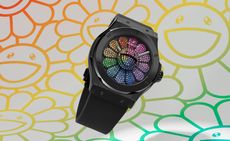 LVMH watch week 2025: everything we know so far
LVMH watch week 2025: everything we know so farOur guide to LVMH Watch Week 2025, taking place in New York and Paris, starting 21 January; keep an eye out for our updates
By James Gurney Published
-
 What is RedNote? Inside the social media app drawing American users ahead of the US TikTok ban
What is RedNote? Inside the social media app drawing American users ahead of the US TikTok banDownloads of the Chinese-owned platform have spiked as US users look for an alternative to TikTok, which faces a ban on national security grounds. What is Rednote, and what are the implications of its ascent?
By Anna Solomon Published
-
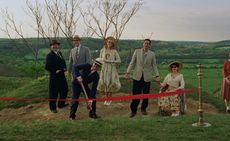 Architecture and the new world: The Brutalist reframes the American dream
Architecture and the new world: The Brutalist reframes the American dreamBrady Corbet’s third feature film, The Brutalist, demonstrates how violence is a building block for ideology
By Billie Walker Published
-
 Inside the distorted world of artist George Rouy
Inside the distorted world of artist George RouyFrequently drawing comparisons with Francis Bacon, painter George Rouy is gaining peer points for his use of classic techniques to distort the human form
By Hannah Silver Published
-
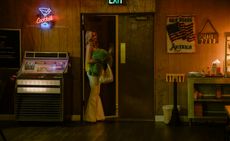 Sunshine noir is given an unsettling spin in new film ‘Skincare’; meet the director
Sunshine noir is given an unsettling spin in new film ‘Skincare’; meet the directorBest known for music videos, director and writer of ‘Skincare’ Austin Peters on how he created the film’s bright, ominous world
By Hannah Silver Published
-
 The seven best Los Angeles museums
The seven best Los Angeles museumsExplore LA's world-class museums, set within architectural masterpieces, lush gardens, and breathtaking viewpoints
By Kevin EG Perry Published
-
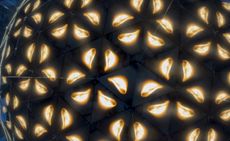 Olafur Eliasson's new light sculptures illuminate Los Angeles
Olafur Eliasson's new light sculptures illuminate Los AngelesOlafur Eliasson's new exhibition, 'Open,' at the Museum of Contemporary Art in Los Angeles, includes 11 new pieces
By Hunter Drohojowska-Philp Published
-
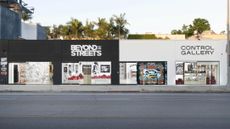 The lesser-known Los Angeles galleries contributing to a vibrant art scene
The lesser-known Los Angeles galleries contributing to a vibrant art sceneOutside of LACMA, MOCA and The Broad, these independent LA galleries are major players in the art world
By Kevin EG Perry Published
-
 Genesis Belanger is seduced by the real and the fake in London
Genesis Belanger is seduced by the real and the fake in LondonSculptor Genesis Belanger’s solo show, ‘In the Right Conditions We Are Indistinguishable’, is open at Pace, London
By Emily Steer Published